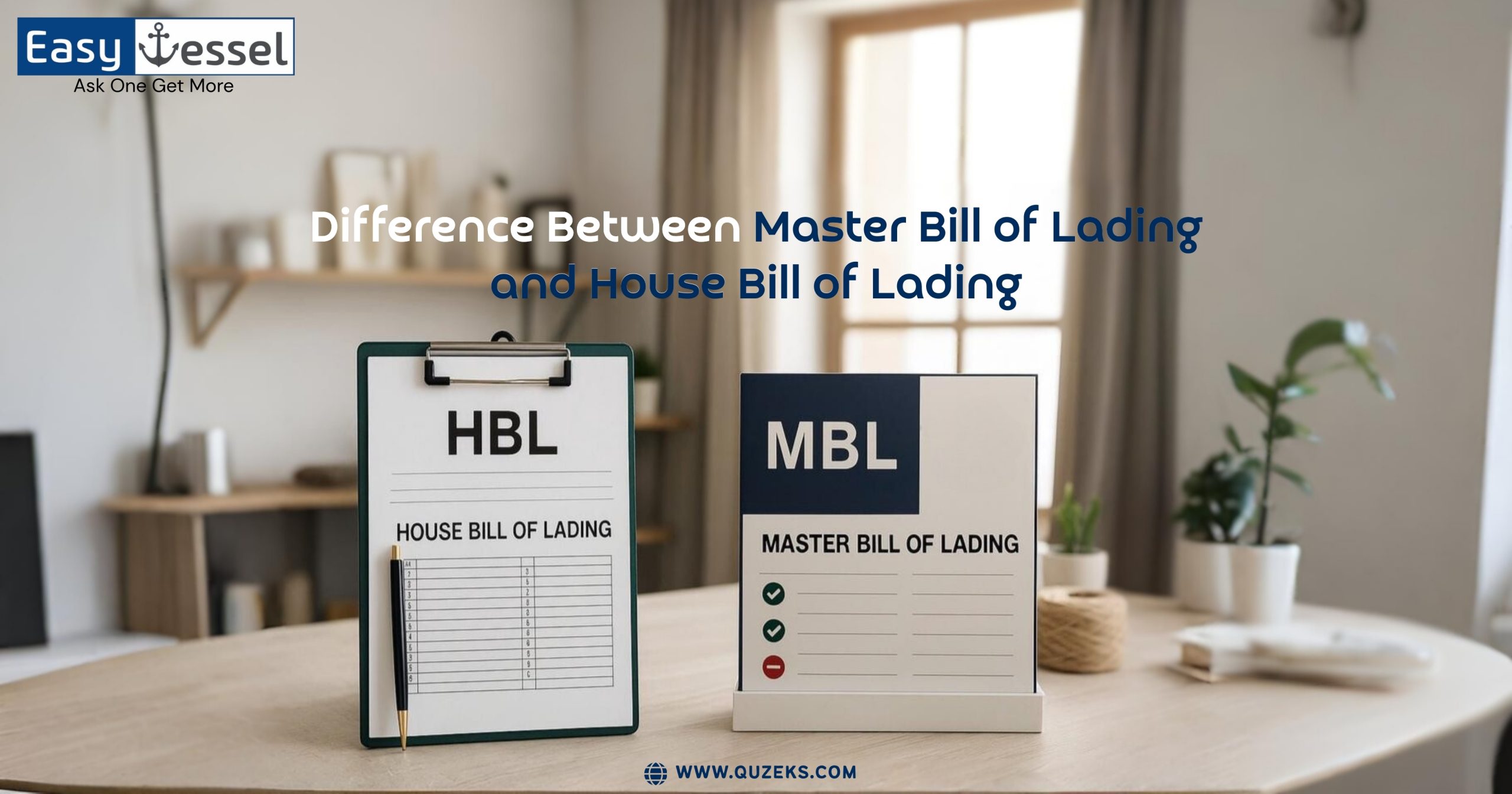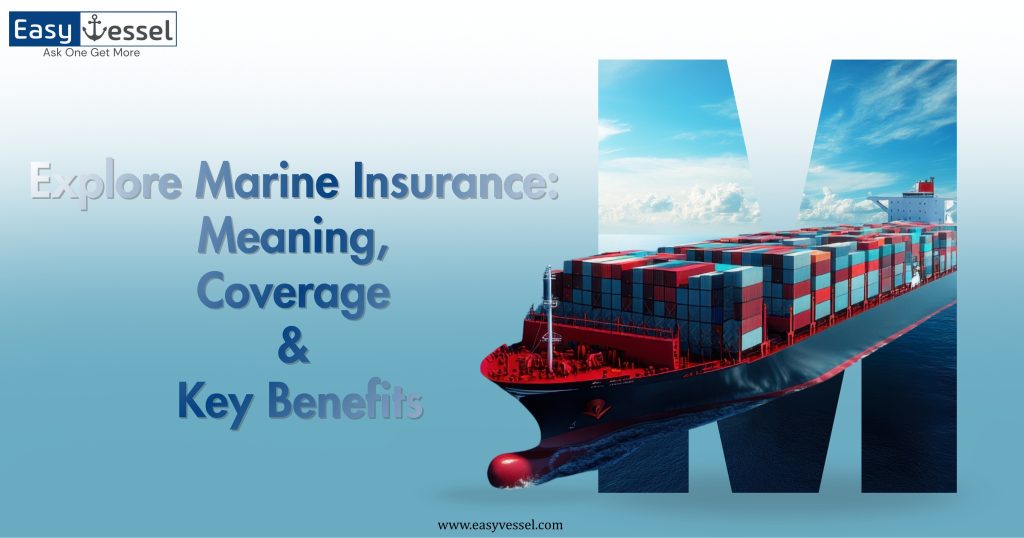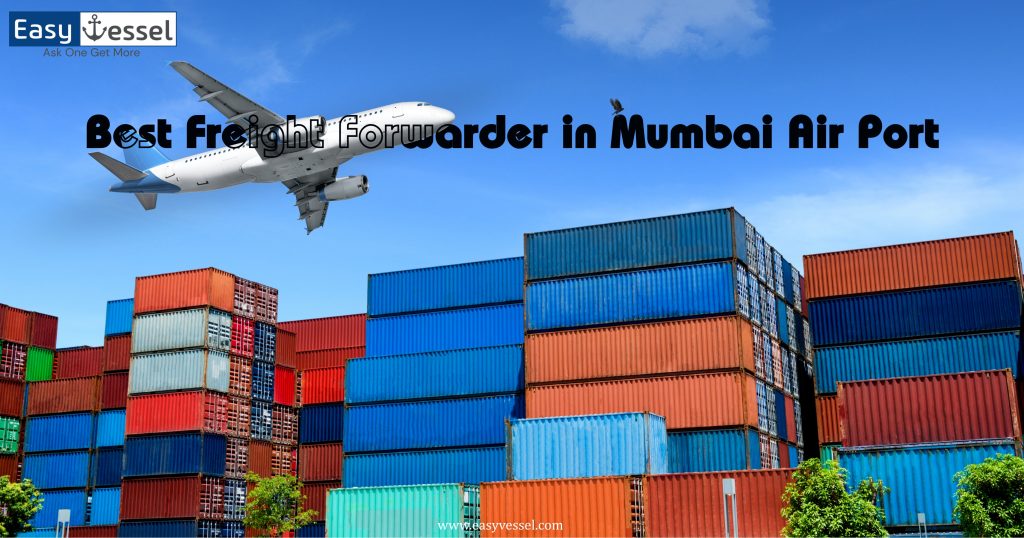When dealing with shipping and logistics, two essential documents that come into play are the Master Bill of Lading (MBL) and the House Bill of Lading (HBL). These documents are crucial in freight forwarding and international shipping. This guide will explore their differences, uses, and why each is important to various parties involved in the shipping process, including freight forwarders, freight forwarding companies, and logistics service providers.
Understanding the Bill of Lading
Before diving into the differences between the Master Bill of Lading and the House Bill of Lading, it’s essential to understand what a Bill of Lading (BoL) is. A Bill of Lading is a legal document used in shipping as a contract between the shipper and the carrier. It also acts as a receipt for the goods being shipped, and most importantly, it represents the ownership of the goods during transit.
There are various types of Bills of Lading, and the Master Bill of Lading and the House Bill of Lading are two key forms freight forwarders use to manage shipping logistics. Each type plays a different role, depending on the relationship between the shipper, the carrier, and the freight forwarder.
What is a Master Bill of Lading?
A Master Bill of Lading (MBL) is issued by the shipping line or the carrier (the company operating the ship). It represents the contract of carriage for the entire shipment of goods between the shipper and the carrier. The document controls the shipment from the point of departure to the destination port.
The MBL covers the entire shipment, even with multiple smaller consignments. When logistics service providers work with large cargo volumes, they rely on the MBL to consolidate all smaller shipments into one master document. The shipping charges for the cargo are typically outlined in the MBL and the transport’s terms and conditions.
Key Features of a Master Bill of Lading:
- Issued by the carrier or shipping line: The MBL is given by the company that owns the vessel transporting the goods.
- Covers the entire shipment: One MBL covers a consolidated shipment containing several goods or consignments.
- Legal ownership of goods: The MBL signifies legal ownership of the entire cargo.
- Used by the consignee: The consignee (the party receiving the goods) uses the MBL to claim cargo ownership upon arrival.
What is a House Bill of Lading?
On the other hand, a House Bill of Lading (HBL) is issued by a freight forwarder to their clients (usually the shipper). It serves as a receipt of goods and a contract for carriage between the freight forwarder and the shipper. The HBL typically applies when goods are being transported as part of a consolidated shipment managed by a freight forwarder, and a separate HBL covers each consignment within that shipment.
The HBL allows freight forwarding companies in India and other regions to provide their clients the flexibility to send goods under their terms, even though the freight forwarder might be consolidating multiple shipments into a single container under a single MBL.
Key Features of a House Bill of Lading:
- Issued by the freight forwarder: The HBL is issued by a freight forwarder, not the shipping carrier.
- Covers individual shipments: The HBL is specific to the goods in a particular shipment, even when consolidated with other shipments under the MBL.
- Act as proof of ownership: Similar to the MBL, the HBL also acts as proof of ownership for the consignee, but for a specific consignment.
- Contains shipping details: The HBL will include detailed information about the cargo, including freight costs and charges.
Read More: Required Documents for Import Export: All You Need to Know
Key Differences Between MBL and HBL
Issuing Authority
The first significant distinction is the authority that issues the document. The Master Bill of Lading is issued by the carrier or shipping line, while the freight forwarder or logistics service provider issues the House Bill of Lading.
Coverage
The MBL covers the entire shipment from the shipping point to the destination, even if multiple consignments are involved. On the other hand, the HBL covers a single consignment or cargo within that larger shipment.
Role in Freight Forwarding
In the logistics industry, freight forwarding companies often consolidate multiple shipments into one container to reduce costs and streamline the shipping process. In this scenario, the Master Bill of Lading represents the entire shipment, while House Bills of Lading are issued for each consignment within that shipment.
Ownership and Control
The Master Bill of Lading is the controlling document for the overall shipment, and the shipping company or carrier typically has the final say in the goods being shipped. However, the House Bill of Lading provides control and ownership to the freight forwarders or freight forwarders in India who facilitate the shipment.
Usage in International Shipping
For international shipping, the Master Bill of Lading is often preferred because it is the document recognized by the shipping carrier and port authorities. However, the House Bill of Lading is crucial for freight forwarders who act as intermediaries between the shipper and the carrier, especially when handling consolidated cargo.
How MBL and HBL Impact Freight Charges
The type of Bill of Lading used can also affect freight charges and shipping rates. With a Master Bill of Lading, the carrier usually sets the overall freight charges based on the cargo’s weight, volume, and destination. These freight charges are typically higher for direct shipments that don’t require consolidation.
With a House Bill of Lading, freight forwarding companies can break down shipping costs into smaller, more manageable units, leading to potential cost savings for the shipper. As a result, shipping freight rates for logistics providers offering consolidation services can be more cost-effective, particularly for businesses looking to minimize freight costs when shipping smaller consignments.
Why the MBL and HBL Matter for Shippers and Consignees
Understanding the differences between the Master Bill of Lading and the House Bill of Lading is critical for shippers and consignees. Shippers should work closely with freight forwarding companies to document their cargo properly. The freight quote provided by a freight forwarder will often determine whether the shipper will receive an MBL or an HBL based on the nature of the shipment.
For consignees, knowing which document applies is essential for ensuring that they can claim their goods upon arrival. If an MBL covers the shipment, they may need to deal directly with the shipping line. However, if an HBL covers the shipment, they will work with the freight forwarder or logistics service provider to retrieve their goods.
The Role of Technology in Managing MBL and HBL
In today’s fast-paced shipping environment, the management of Master Bills of Lading and House Bills of Lading is increasingly streamlined through technology. Advanced software and platforms help freight forwarders automate the creation and tracking of these documents. This enhances efficiency and reduces the likelihood of errors in international shipping processes.
Using digital tools, freight forwarding companies can easily manage consolidated shipments, track freight transporters, and provide freight quotes based on accurate and real-time data. These systems also help reduce costs, improve customer service, and ensure compliance with international shipping regulations.
Conclusion
In the complex world of logistics, understanding the differences between a Master Bill of Lading and a House Bill of Lading is essential for businesses, freight forwarders, and logistics service providers alike. Whether you are shipping goods locally or engaging in international shipping, knowing which document applies to your shipment can save time, reduce costs, and improve the shipping process.
For businesses looking to optimize their logistics, working with reputable freight forwarding companies and staying informed about the types of freight charges involved can lead to a more efficient and cost-effective shipping experience.
Reference:
Bill of lading by Wikipedia[1].
Frequently Asked Questions
The Master Bill of Lading (MBL) is issued by the primary carrier to the freight forwarder, showing the agreement between them. The House Bill of Lading (HBL) is issued by the freight forwarder to the shipper (exporter) and manages their internal shipping terms.
In short:
- MBL = Carrier to Freight Forwarder
- HBL = Freight Forwarder to Shipper
The MBL is issued by the primary carrier (shipping line or airline) after they receive the cargo from a freight forwarder. It serves as the official contract for international shipping and cargo release.
Both are needed because freight forwarding companies consolidate multiple shipments. MBL handles the carrier’s responsibility, while HBL tracks individual client shipments under the freight forwarder’s management.
The shipper can track the cargo using the HBL number through the freight forwarder’s system. However, the MBL may also be required for port release or customs.



